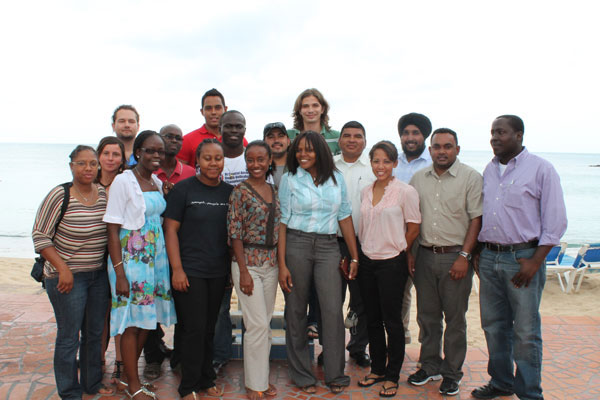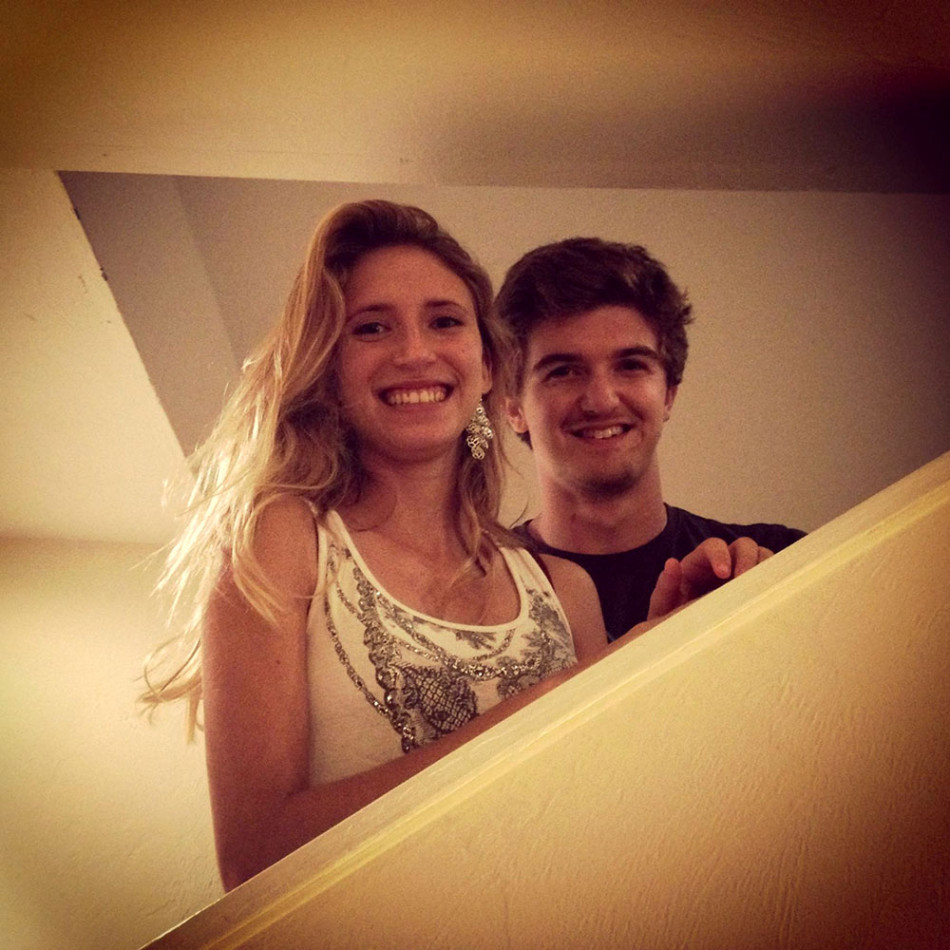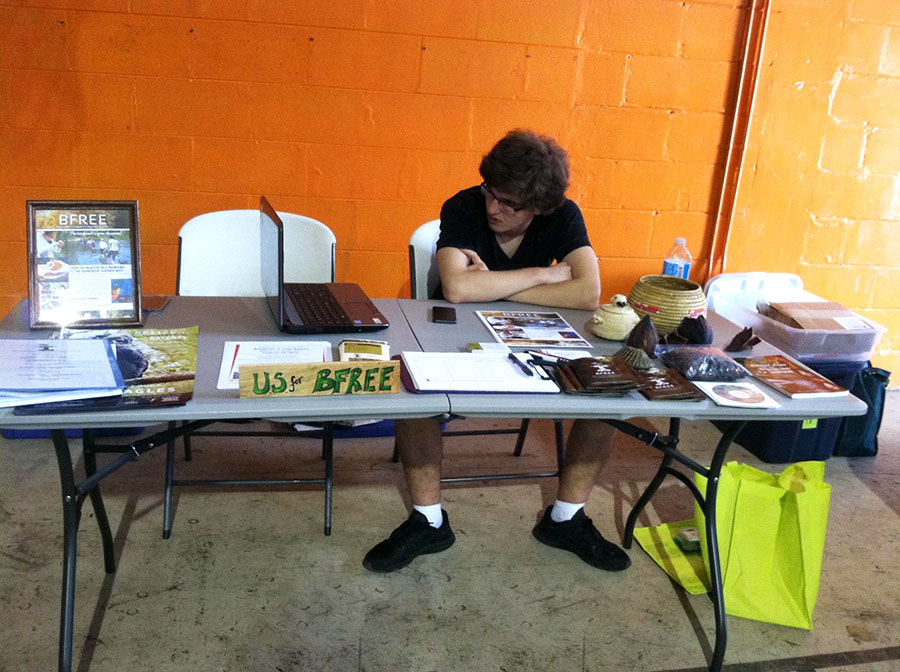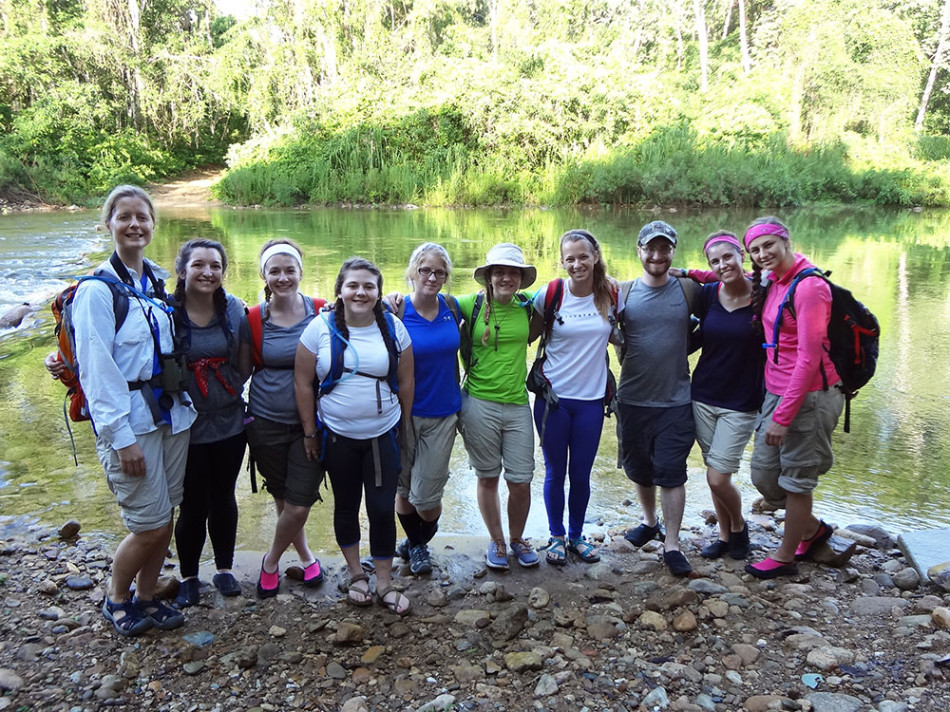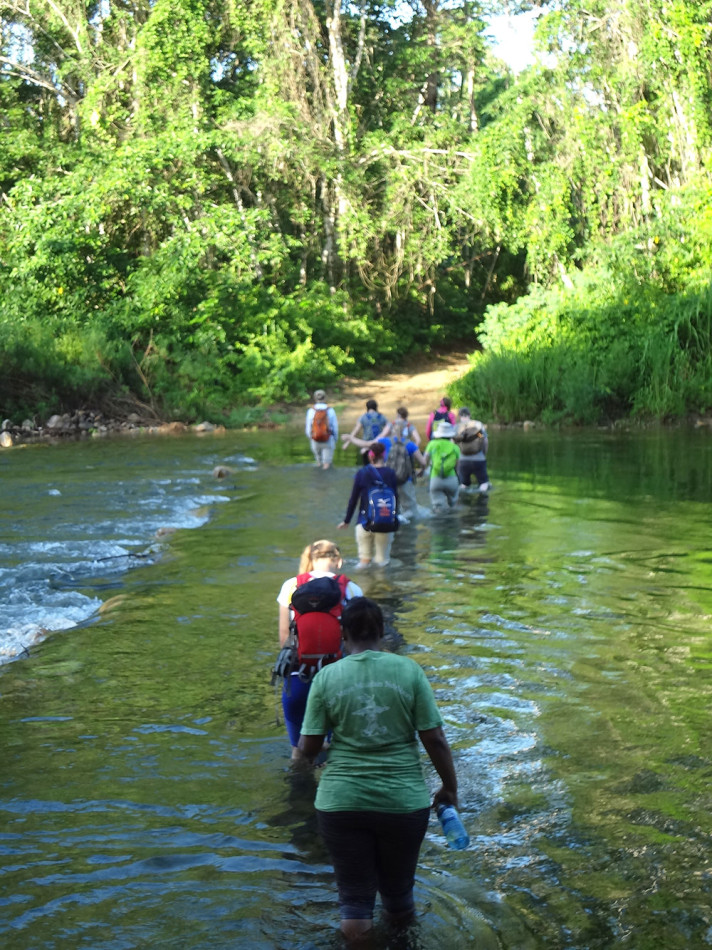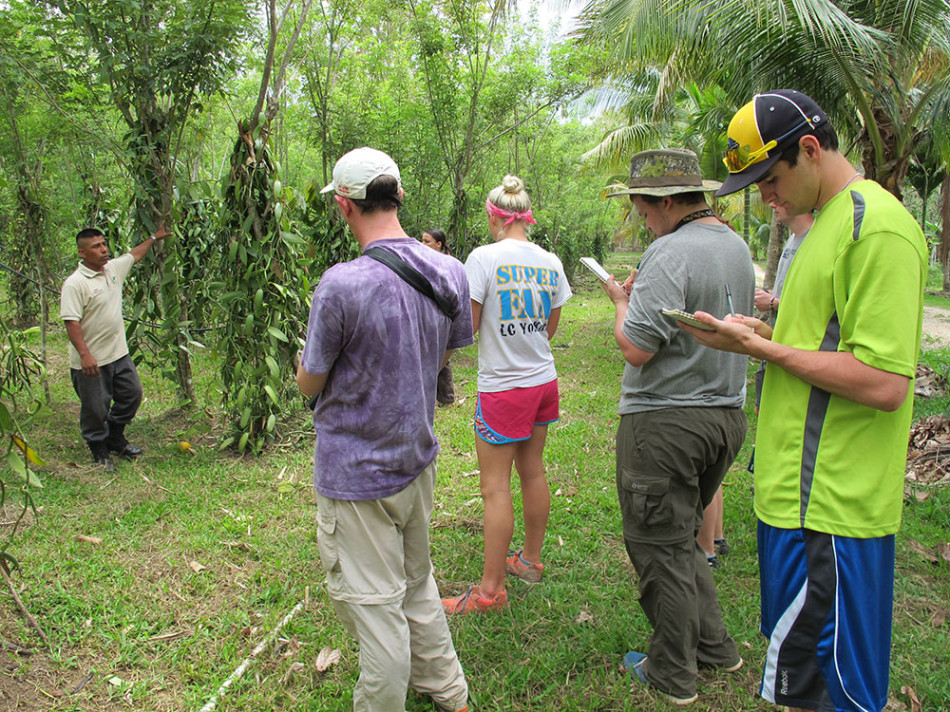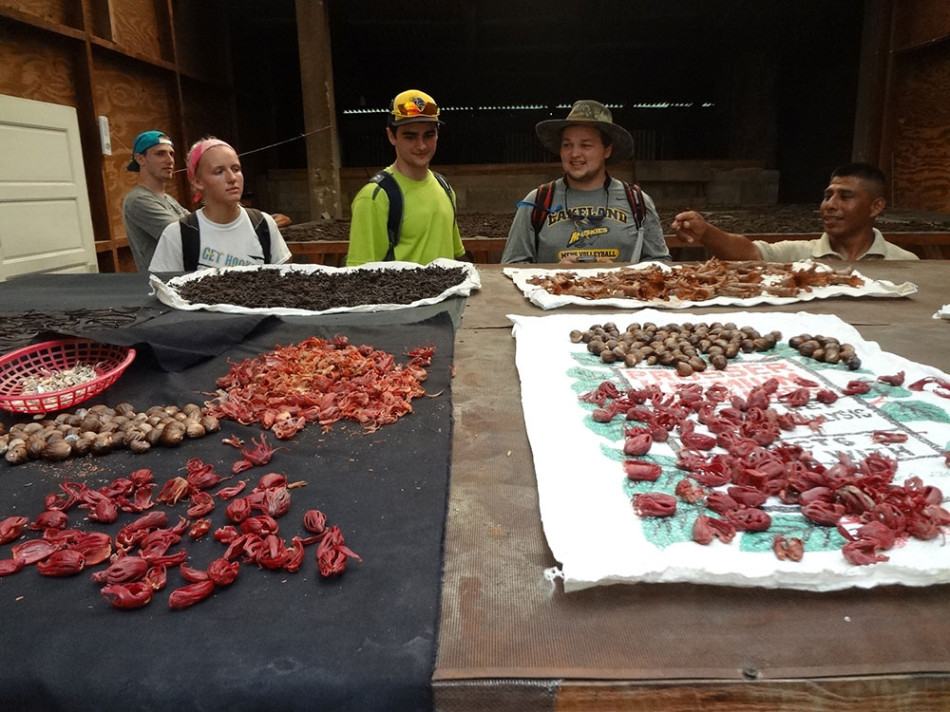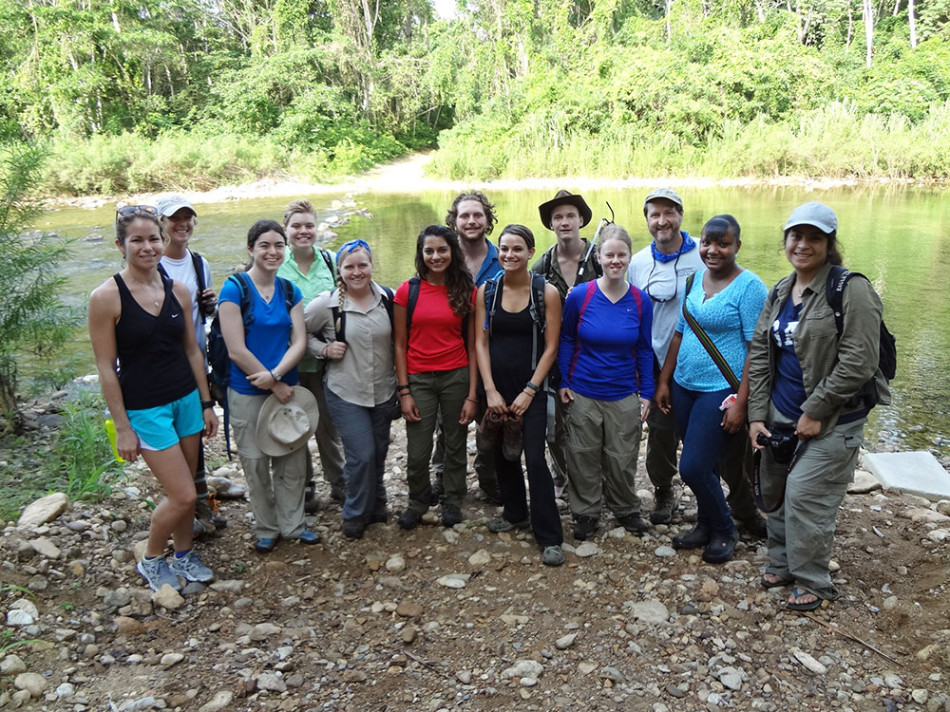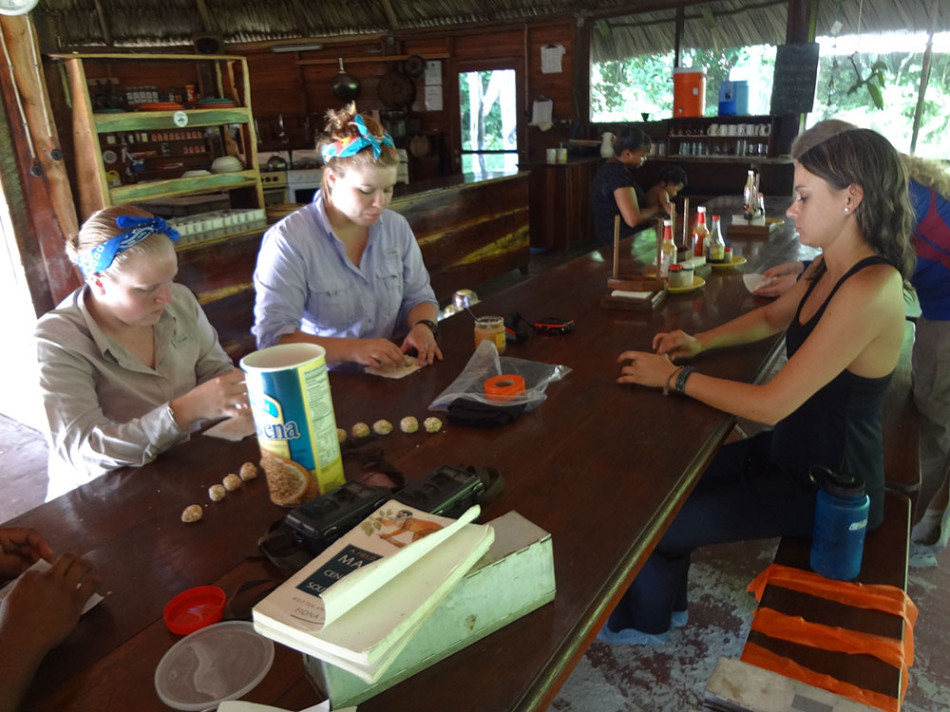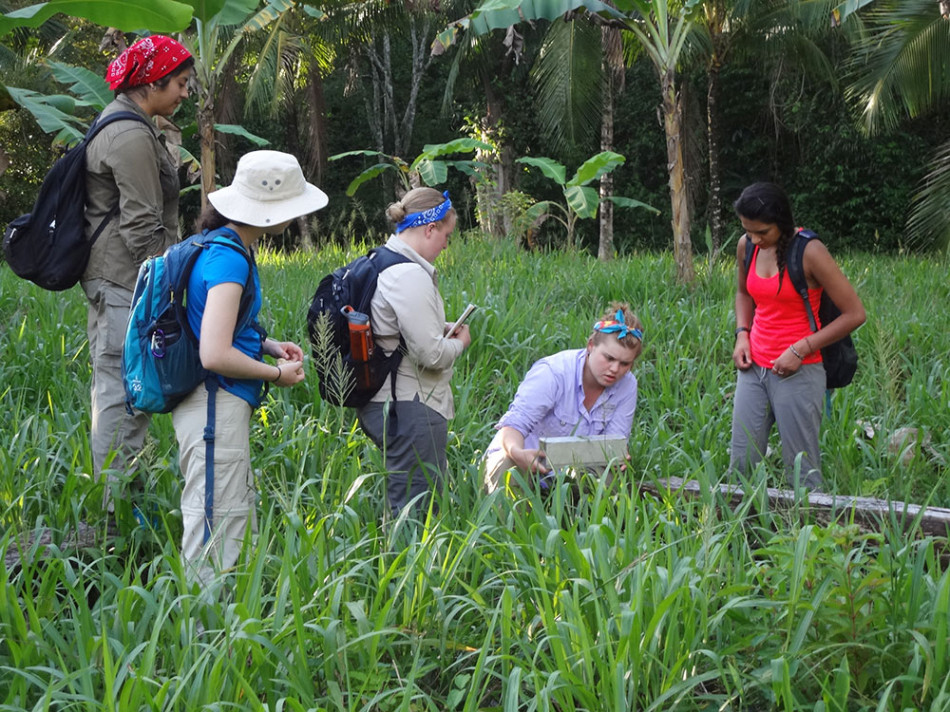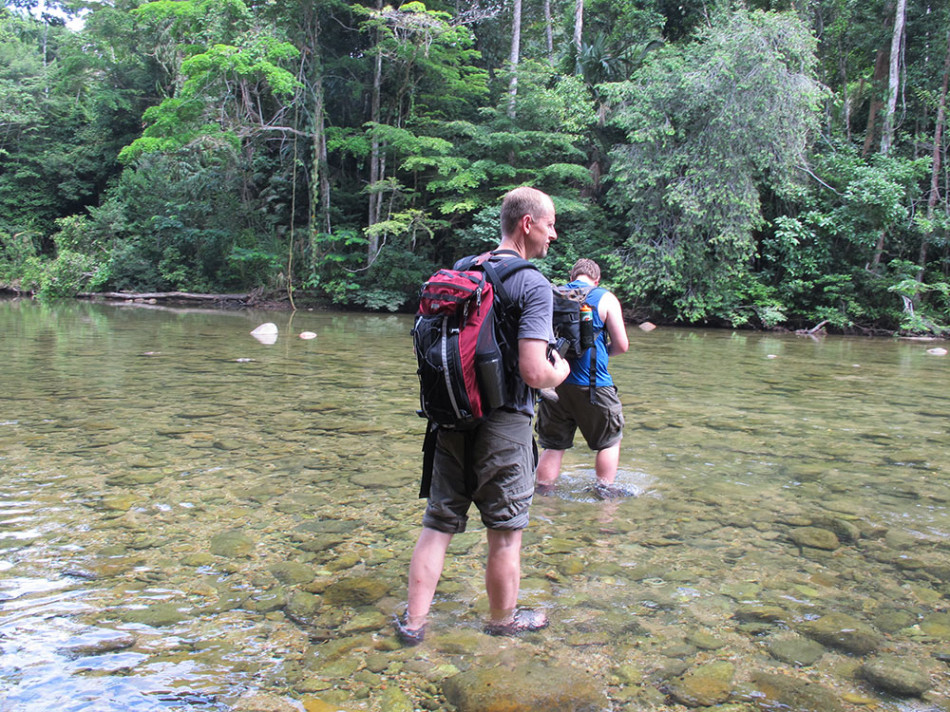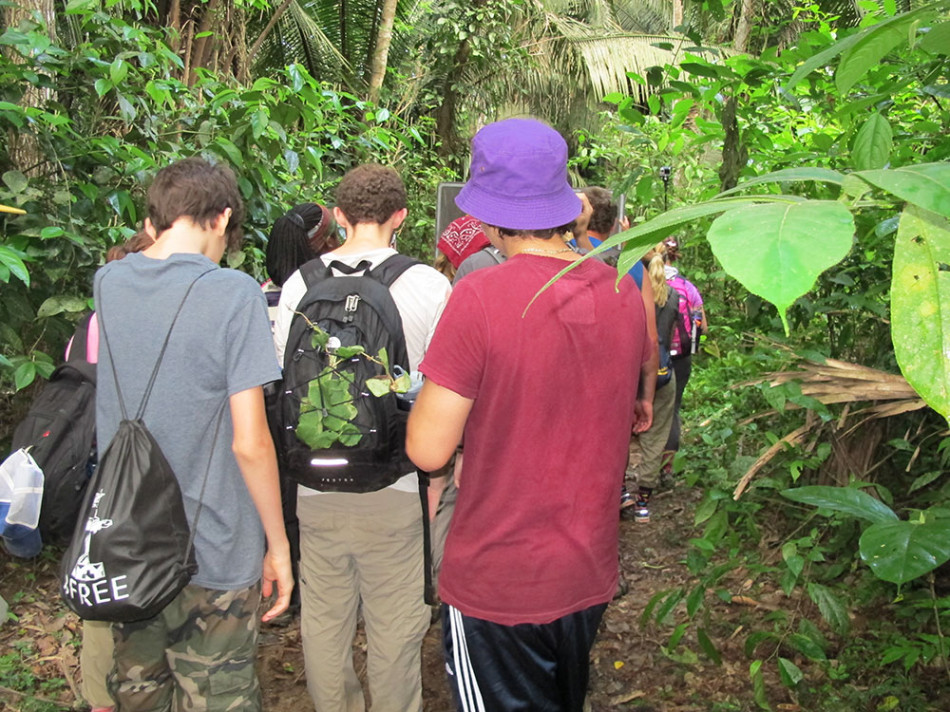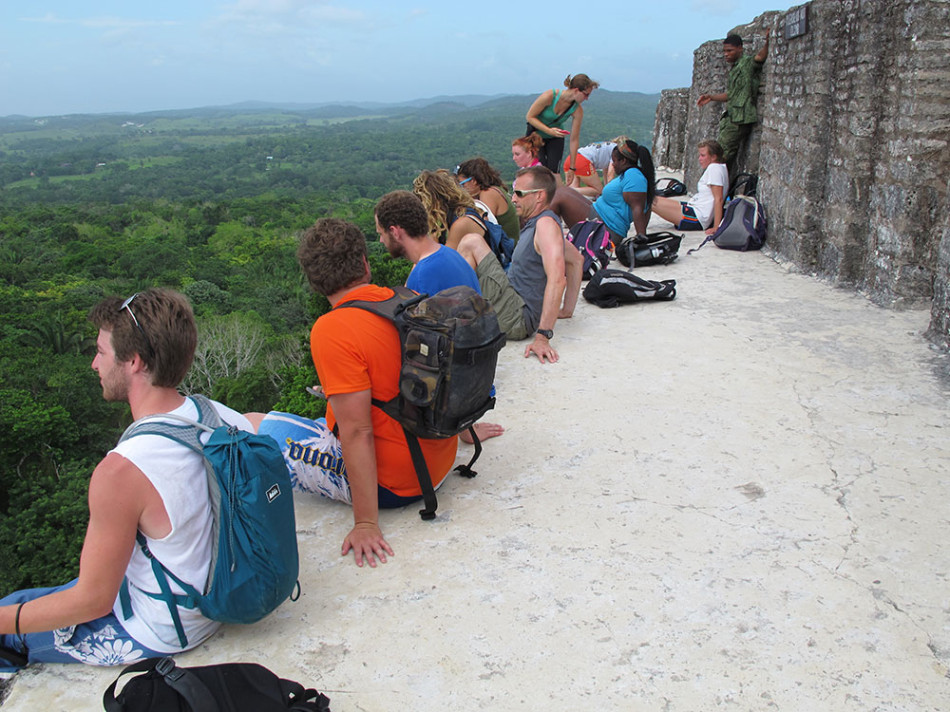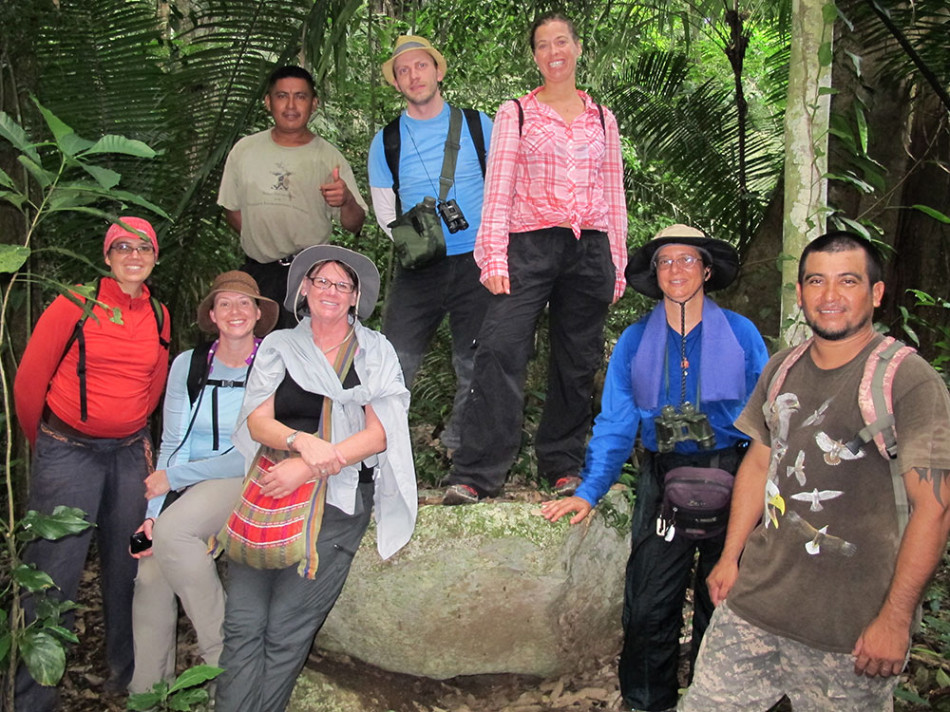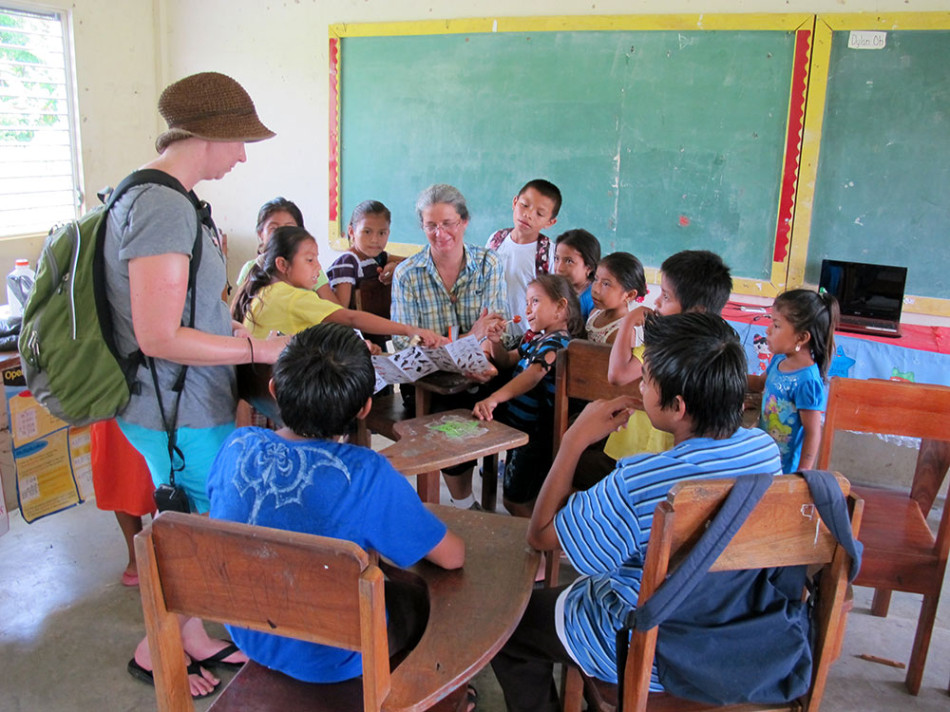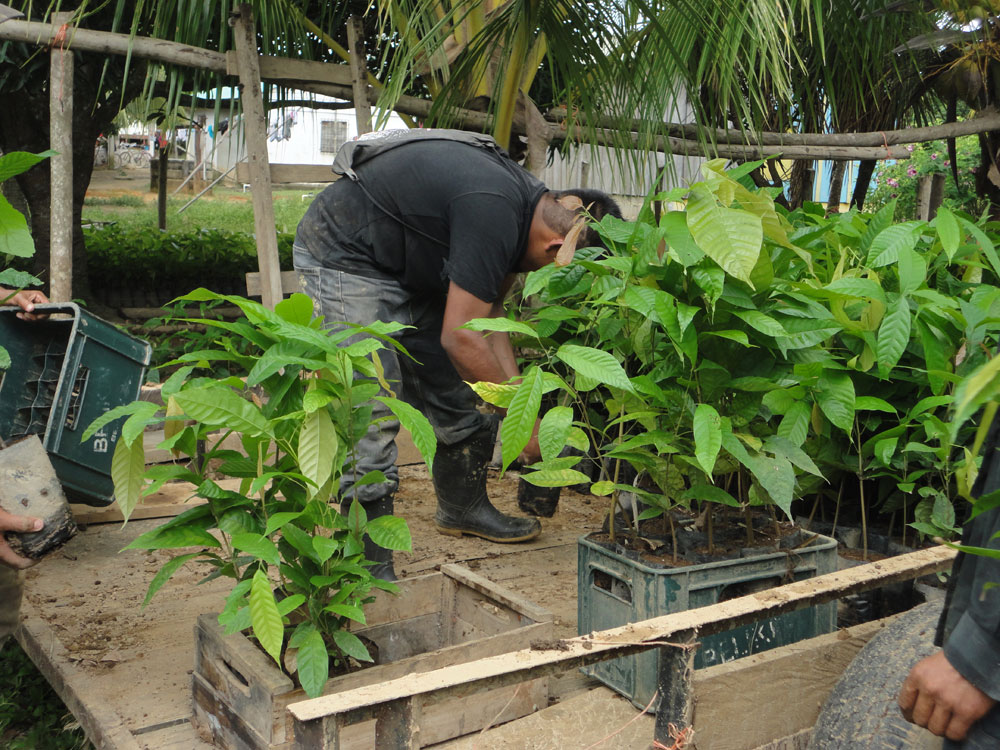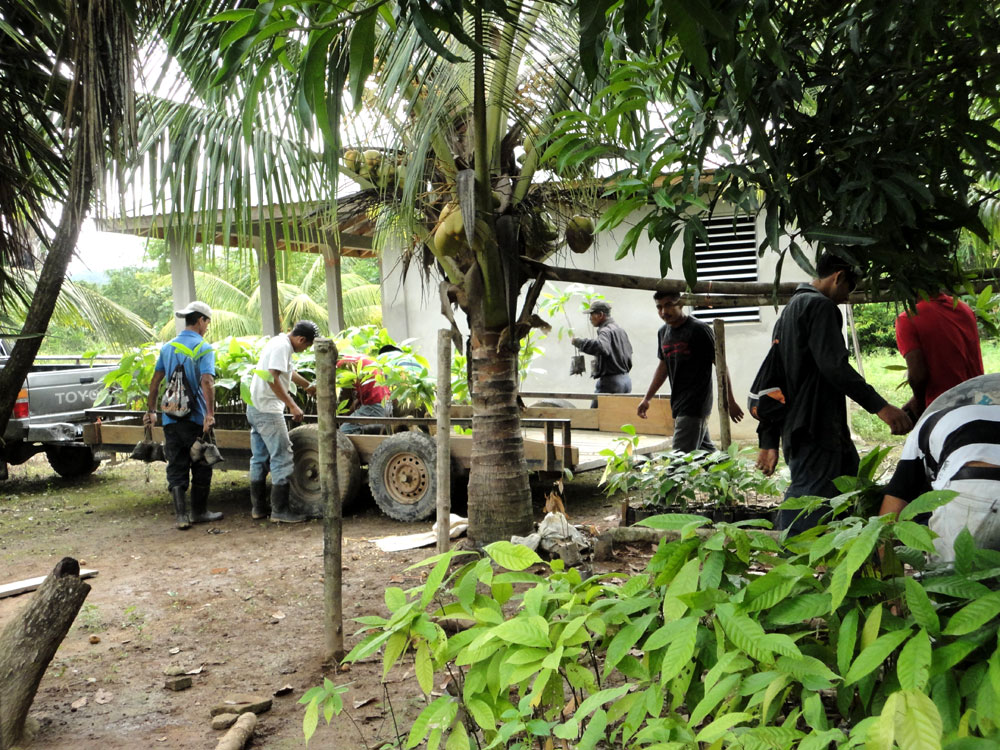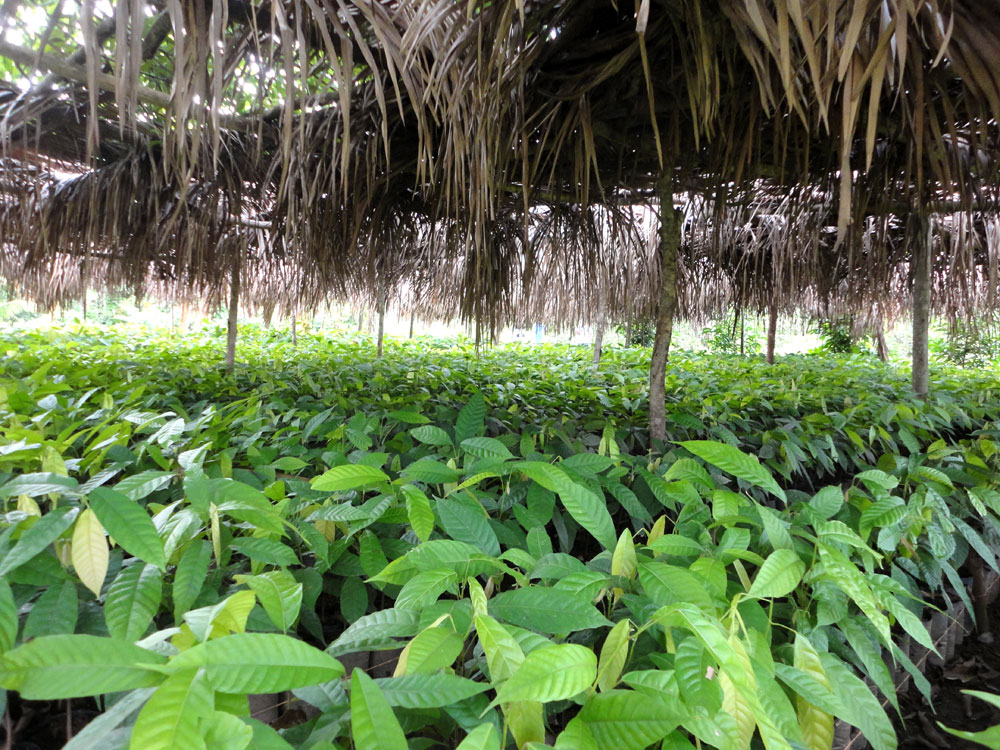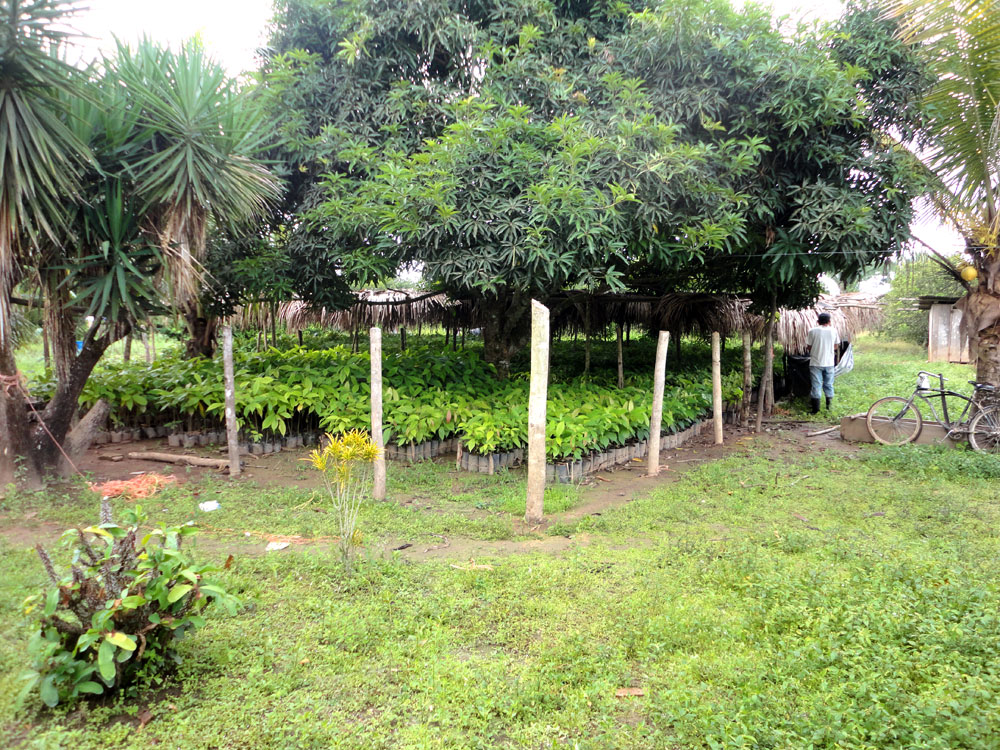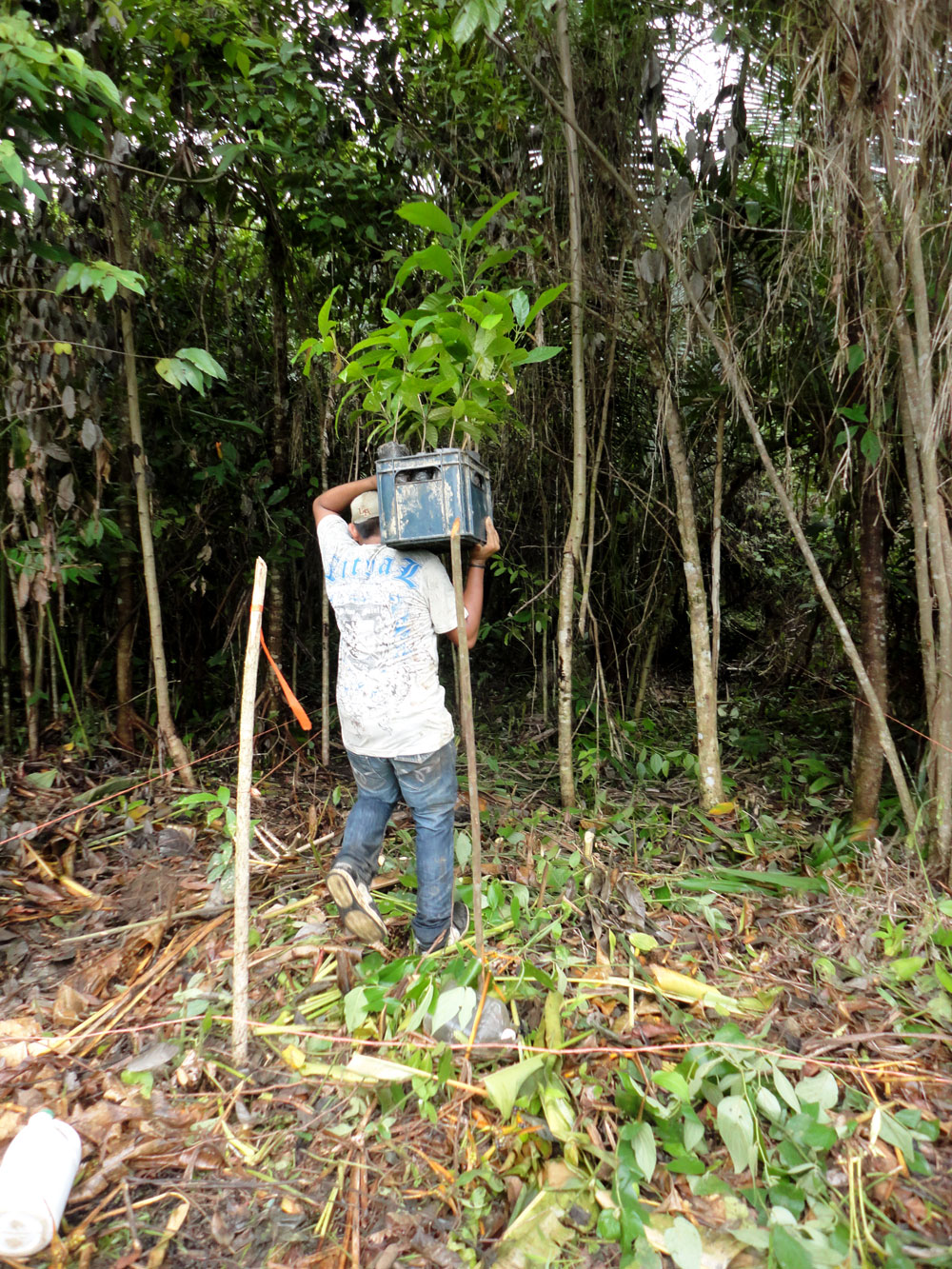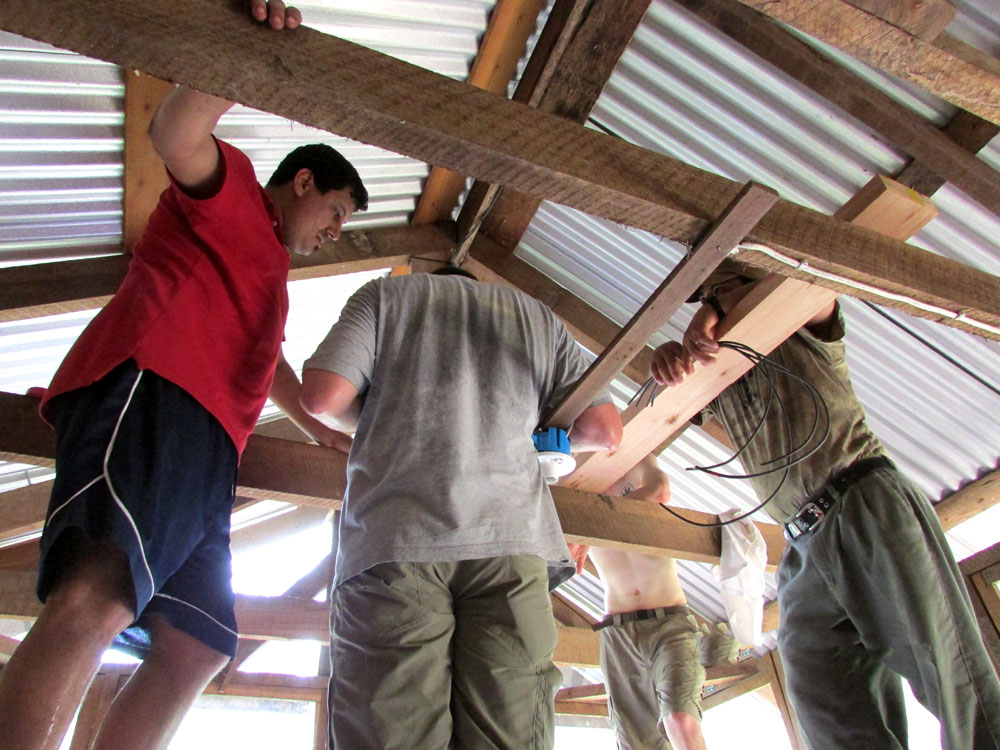
This summer professors and students from three different technical colleges installed solar panels on top of the bunkhouse at the field station as part of a field course. Joel Shoemaker of Madison College, Chris Miller of Heartland Community College, and Sarah Hawkins of Lakeshore Technical College led the course.
Sarah, Joel and Chris knew each other from all being involved in a grant to expand study abroad at two-year colleges. Sarah knew colleagues at her school who had gone to BFREE and heard the field station was running off of solar energy. Sarah and Joel then went down to BFREE to check out the field station and a year later they had a class planned to install a new system at the bunkhouse.
Sarah brought her student, Shannon McCabe; Joel brought three students, Omar Zguerdoufi, Josh Stern and Tyler Anderson; and Chris brought his student, Lori Estrada.
The Photo Voltaic panels used on the bunkhouse were previously installed at Madison College, but had been blown down in a storm and were later donated. Charge controllers, LED lighting, wiring and batteries were among the other items donated by Joel and Chris.
Though the instructors may have brought most of the supplies, the students, said Chris, did all of the work.
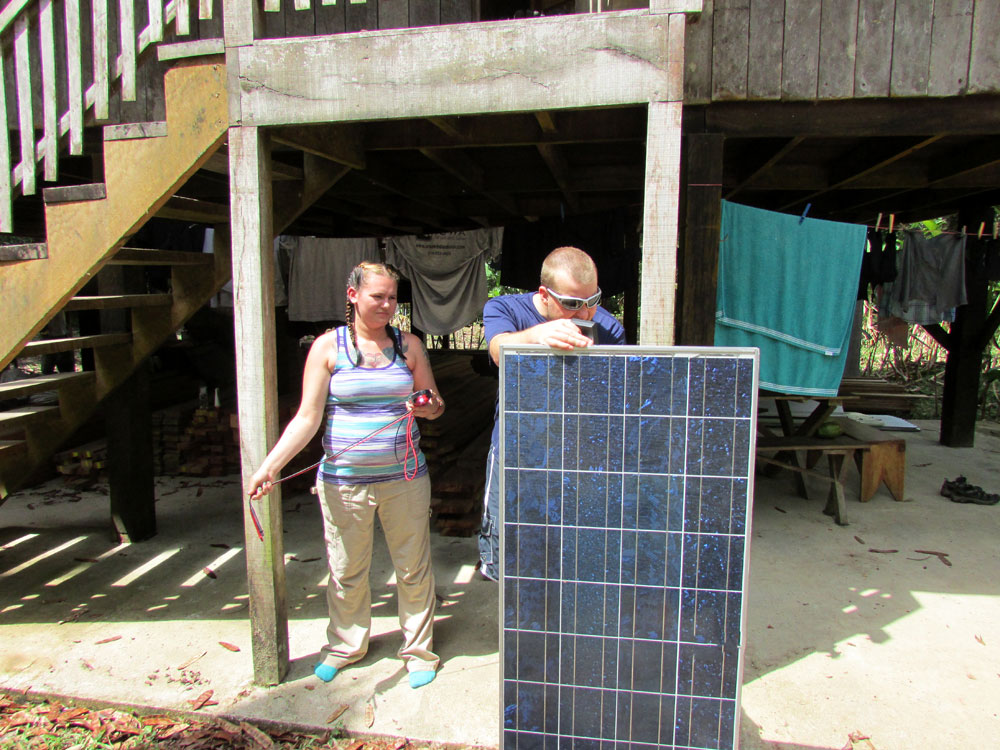 “The mission is to put what we learn in the classroom into operation,” he said.
“The mission is to put what we learn in the classroom into operation,” he said.
All of the instructors said they hoped their students would learn to be self-reliant and gain confidence by doing an install in an environment with limited resources.
“If something is missing or broken, you would have just bought a new piece,” said Sarah. “But here, you need to problem solve on the spot. For example, when the generator broke instead of going out to get a new one, Tyler took the whole thing apart and fixed it.”
Students not only had to be quick on their feet, they also had to think ahead.
“In order to do this, we would have to plan very well and make sure we had all of our parts and pieces,” said Joel. “I wanted our students to experience the process of really thinking through everything they were doing and figuring out how to deal with whatever limitations were around them.”
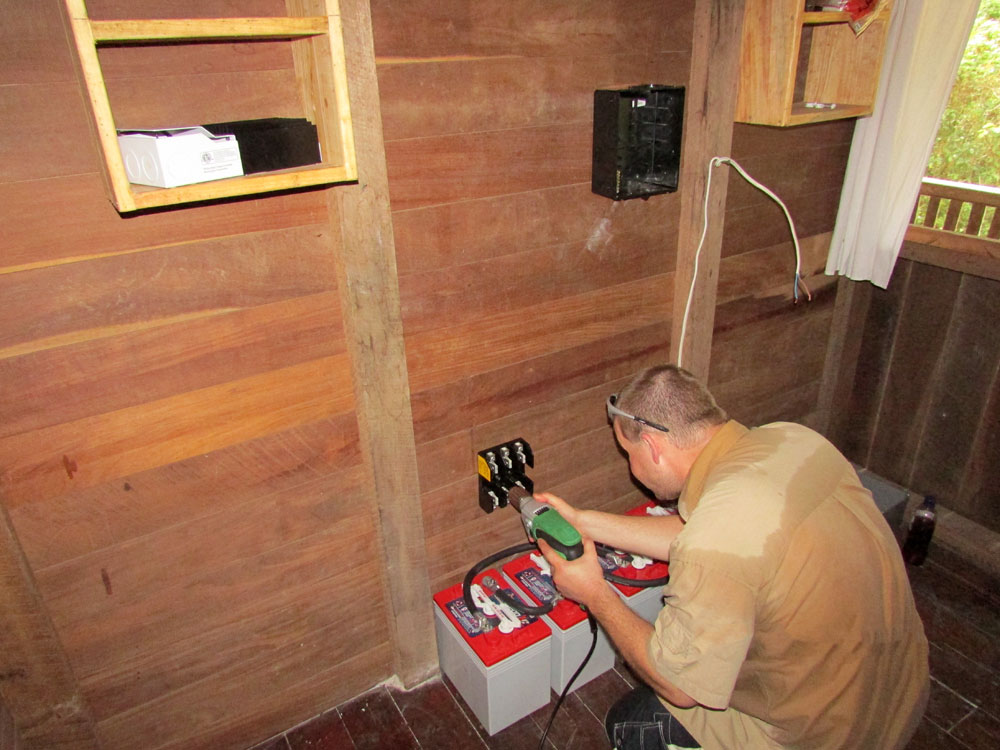 Chris and Joel also wanted their students to get the experience of installing a solar system that would be the main source of power. Unlike in the US where these systems usually function as a secondary source, the system on the bunkhouse would be the sole source of energy.
Chris and Joel also wanted their students to get the experience of installing a solar system that would be the main source of power. Unlike in the US where these systems usually function as a secondary source, the system on the bunkhouse would be the sole source of energy.
In addition to all working together as a team, the students also learned a lot from BFREE manager, Marcelino. They admired his work ethic, Sarah said, and it was great for the students to get to know a local Belizean outside of the tourist/host relationship and as part of an everyday work context with the goal of completely a job together.
Before the new install the bunkhouse only had D/C indoor lights with no outlets and the picnic tables outside of the bunkhouse did not have any lighting at all. The system inside was often unreliable with students having to fumble around after dark.
Now the bunkhouse is equipped with stable lighting, outlets for students to charge phones and laptops and lighting for the outdoor picnic tables.
In 10 days the group was able to complete the bunkhouse install as well as another install of solar energy on the community center in the Golden Stream Village.
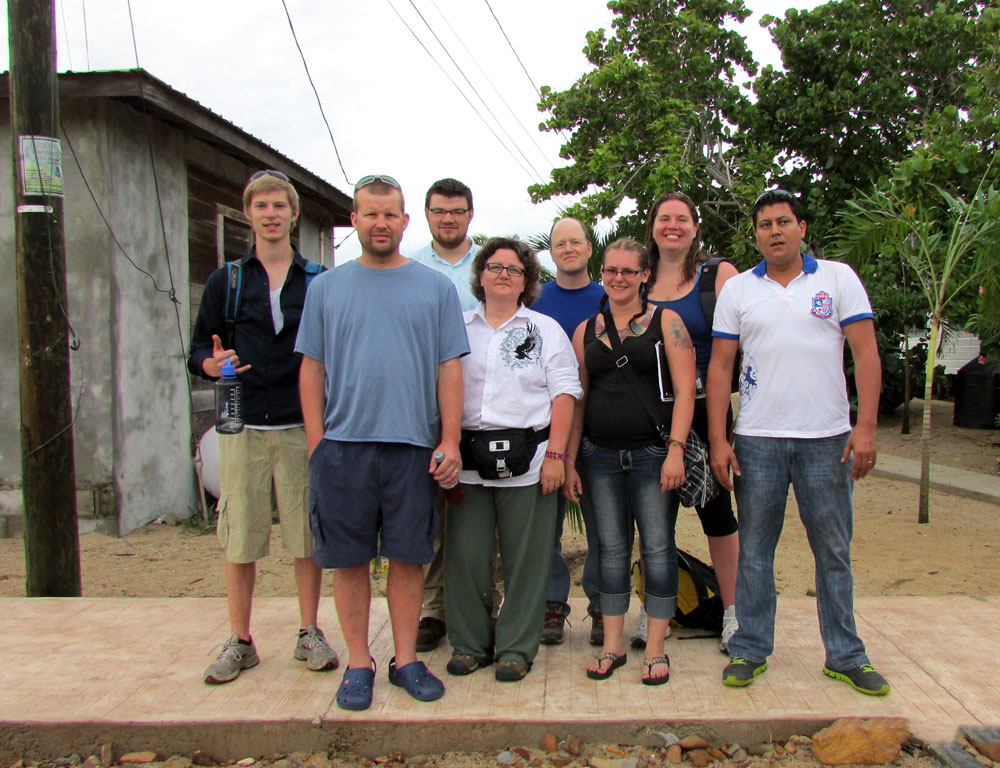
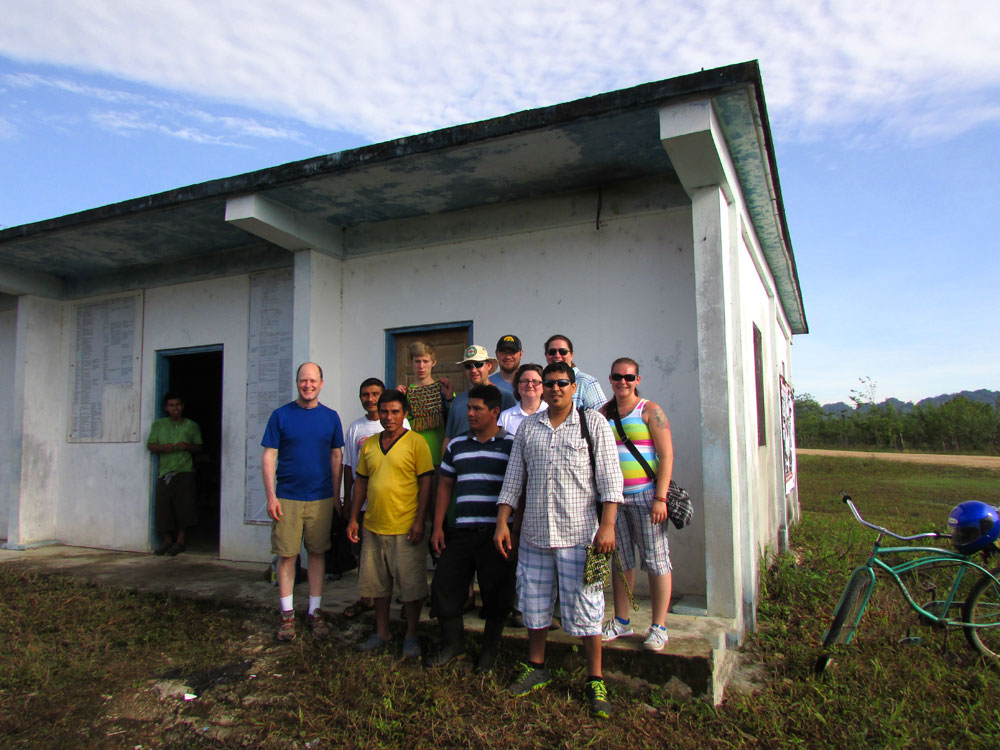
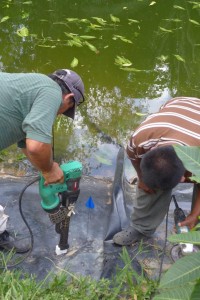 On Saturday, April 11, a team of 4 staff members from Belize Aquaculture Limited (BAL Shrimp) spent a good portion of the day doing some much needed work at the Hicatee Conservation and Research Center (HCRC). Both ponds had multiple slow leaks in the thick black liners. With 22 Hicatee turtles in residence in the ponds, BFREE recognized the importance of acting quickly to make both ponds fully functional.
On Saturday, April 11, a team of 4 staff members from Belize Aquaculture Limited (BAL Shrimp) spent a good portion of the day doing some much needed work at the Hicatee Conservation and Research Center (HCRC). Both ponds had multiple slow leaks in the thick black liners. With 22 Hicatee turtles in residence in the ponds, BFREE recognized the importance of acting quickly to make both ponds fully functional.
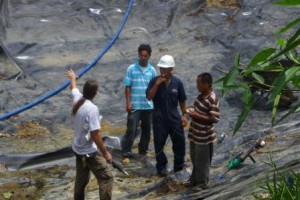
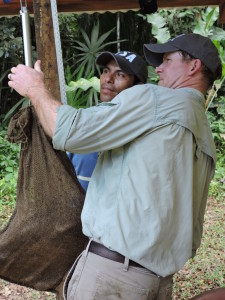
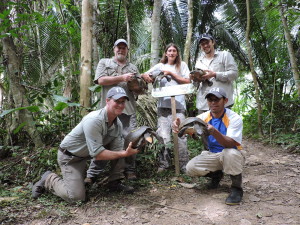
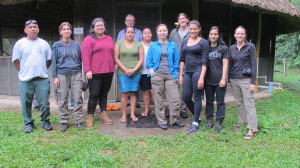
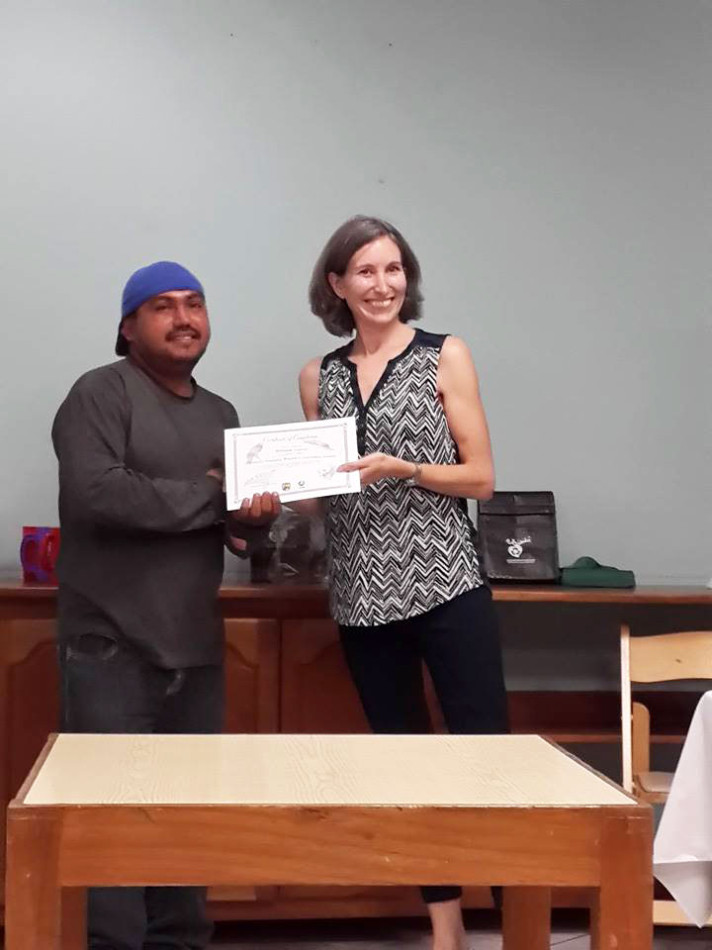 William Garcia from BFREE wrapped up his two year participation in the Caribbean Emerging Wildlife Conservation Leaders
William Garcia from BFREE wrapped up his two year participation in the Caribbean Emerging Wildlife Conservation Leaders 